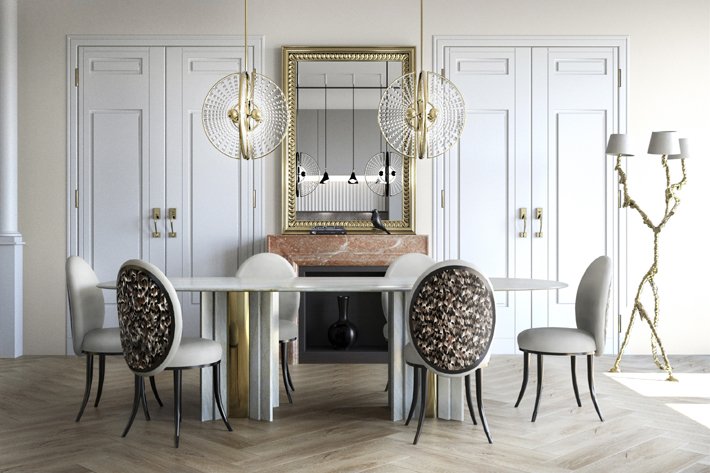Introduction: When it comes to interior design, there are no hard and fast rules. Mixing and matching furniture styles can be a creative and exciting way to personalize your space and create a unique look. By combining different design aesthetics, you can achieve a harmonious and eclectic atmosphere that reflects your individual taste and personality. In this article, we will explore the art of blending furniture styles to create a cohesive and visually appealing home.
Understanding Your Style: Before embarking on the journey of mixing and matching furniture styles, it’s important to have a clear understanding of your own preferences. Take some time to assess your personal style and identify the design elements that resonate with you. Are you drawn to modern, minimalist designs with clean lines and simplicity? Or do you prefer a more traditional and ornate look with intricate details and rich textures? Understanding your style preferences will serve as a foundation for creating a cohesive design scheme.

Identifying Key Elements: Once you have a clear sense of your style, it’s time to identify key elements that define each furniture style. Modern furniture often features sleek lines, minimalist forms, and a focus on functionality. Traditional furniture, on the other hand, embraces ornate details, curved shapes, and a sense of elegance. By understanding the distinctive features of each style, you can begin to envision how different pieces can work together to create a cohesive and visually appealing space.
Creating Balance and Cohesion: Blending different furniture styles requires careful consideration and a sense of balance. While the idea is to mix different aesthetics, it’s important to maintain a cohesive look that feels intentional rather than chaotic. One way to achieve this is by choosing a unifying element, such as color or texture, that ties the different pieces together. For example, you can opt for a neutral color palette and introduce pops of color through accessories or artwork. Another approach is to select furniture pieces that share similar proportions or shapes, creating a sense of harmony in the overall composition.
Layering and Contrasting: To create visual interest and depth in your space, consider layering and contrasting different furniture styles. This can be achieved by incorporating a variety of textures, materials, and patterns. For instance, you can pair a sleek modern sofa with a vintage-inspired coffee table or combine a traditional wooden dining table with contemporary chairs. Experiment with different combinations and trust your instincts to find a balance that appeals to your aesthetic sensibilities.
Personalizing with Accessories: Accessories play a crucial role in enhancing the overall look and feel of your space. They offer an opportunity to infuse your own personality and style into the design. Incorporate decorative items, artwork, and textiles that complement the furniture styles you have chosen. These finishing touches will add character and a personal touch to your space, making it truly unique and reflective of your taste.
Conclusion: Mixing and matching furniture styles can result in a captivating and personalized interior design scheme. By understanding your own style preferences, identifying key elements of different furniture styles, creating balance and cohesion, and layering with accessories, you can create a space that is visually stimulating and reflects your individuality. Embrace the freedom to experiment and trust your instincts when combining different aesthetics. The result will be a home that is as unique and diverse as you are.
Read More: Our Selection of the Best in Luxury Cars & Modern Mobility









